Barbell Deadlift with Resistance Bands to Boost Your Training
One of the highly powerful exercises that can help you build muscle strength is the deadlift. In powerlifting, barbell deadlift with resistance bands is a deadlift variation that can definitely take your skills to the next level. We discuss why you should be incorporating banded deadlifts into your routine.
Adding a barbell deadlift with resistance bands can improve the quality of your training and boost your results. The added resistance from the bands can help you generate the most force possible, strengthen your lock-out, promote proper body mechanics, and engage your lats all throughout the movement.
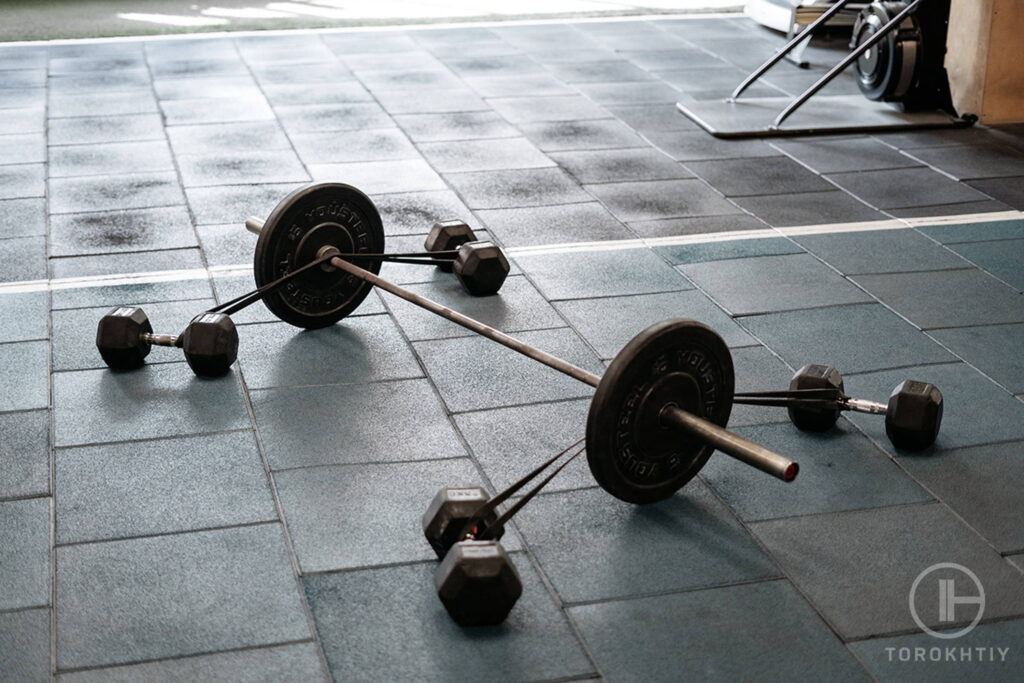
What Is a Banded Deadlift?
When performing the banded deadlift exercise, you affix resistance bands to the barbell. The bands will add resistance as you lift the barbell off the ground, making the movement harder at the peak of the lift than at the bottom. As you lock the weight out, you will need to exert greater force than you normally would, making your training even more powerful.
Banded Deadlift Benefits
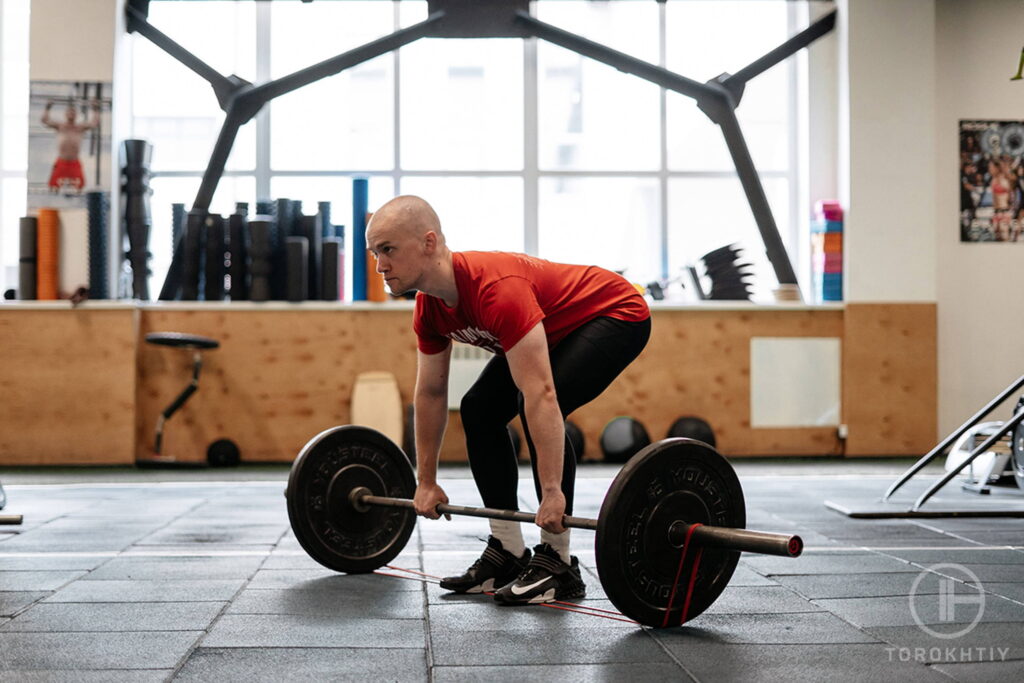
Makes You Stronger During the Lock-Out
The banded deadlift will enable you to endure additional resistance in the precise range of motion required to develop strength if you find it difficult to lock the weight out. Since the glutes are in charge of extending the hips, if you’re having trouble locking out, your glutes probably have a deficiency.
To overcome this physical weakness, training with a band might be beneficial. The concept of training specificity explains why the banded deadlift is better for targeting your hip extensor muscles. The aim is to train your glutes and other hip extensors specifically for the desired movement.
You must load your glutes at lock-out during the deadlift range of motion in order for the muscles’ length to adjust to the mechanics of the movement. For this reason, performing countless glute cable kickbacks won’t necessarily improve your deadlift. This is where deadlifts with bands come in, it can train your glutes to work efficiently to make your lock-out better and stronger.
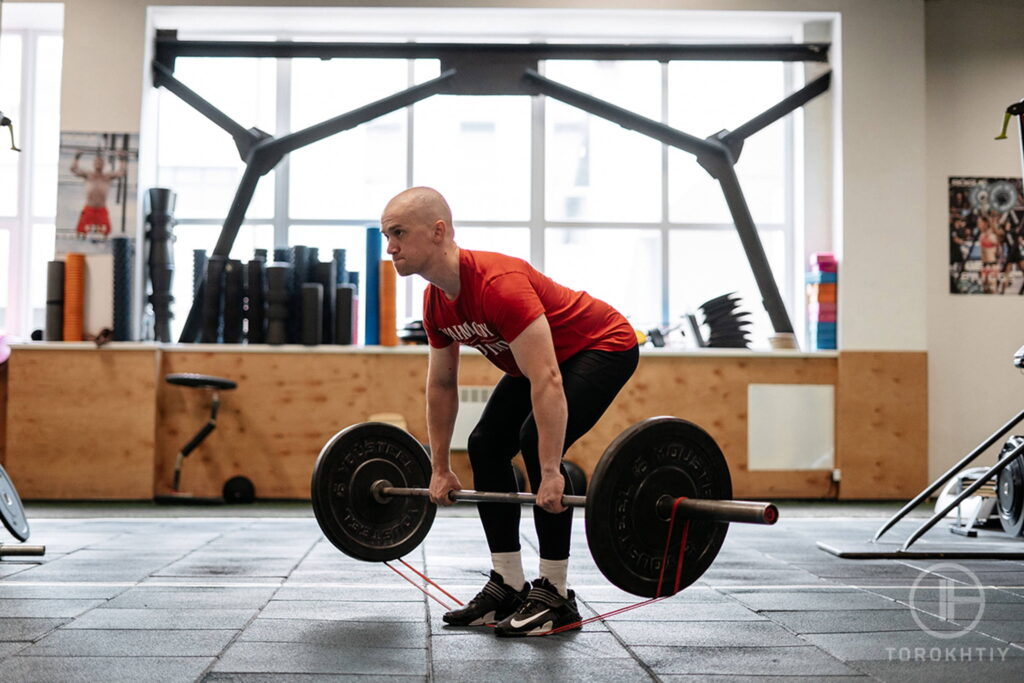
Encourages You to Generate Maximum Force All Throughout
Powerlifters tend to be lazy when applying force, which is probably one of the biggest mistakes they make. This implies that the lifter uses the least amount of power necessary to overcome the external resistance when lifters should be making it a habit to use their full force at all times.
Let’s take the scenario where your workout consists of 4 sets of 5 reps at 70% of your 1-rep maximum. The 70% external load will be overcome by a lifter by exerting the necessary force, probably not much more than that. This indicates that they are only drawing the barbell as quickly as necessary to lock the weight out properly and without failing, not as quickly as they possibly can.
No matter the load or rep range, you should practice applying the most force and fastest bar speeds. In fact, training in this manner will assist in breaking through your sticking point. There is a greater chance of getting deeper into the sticking point before the bar slows down if you can create more speed entering the sticking point.
Let’s imagine that the final 5 inches of your deadlift lockout is where you are having trouble. If you enter the lockout with a slower bar speed, the bar may stick for two to three inches before really slowing down if you fail. However, if you approach the lock-out at a greater bar speed, you might advance four to five inches into the sticking point before the bar slows down or the lift is completed.
Because there is more resistance during those parts of the lift, the band forces you to keep moving through the middle and top of the range of motion. To finish the lift, you will need to accelerate more quickly and exert more effort.
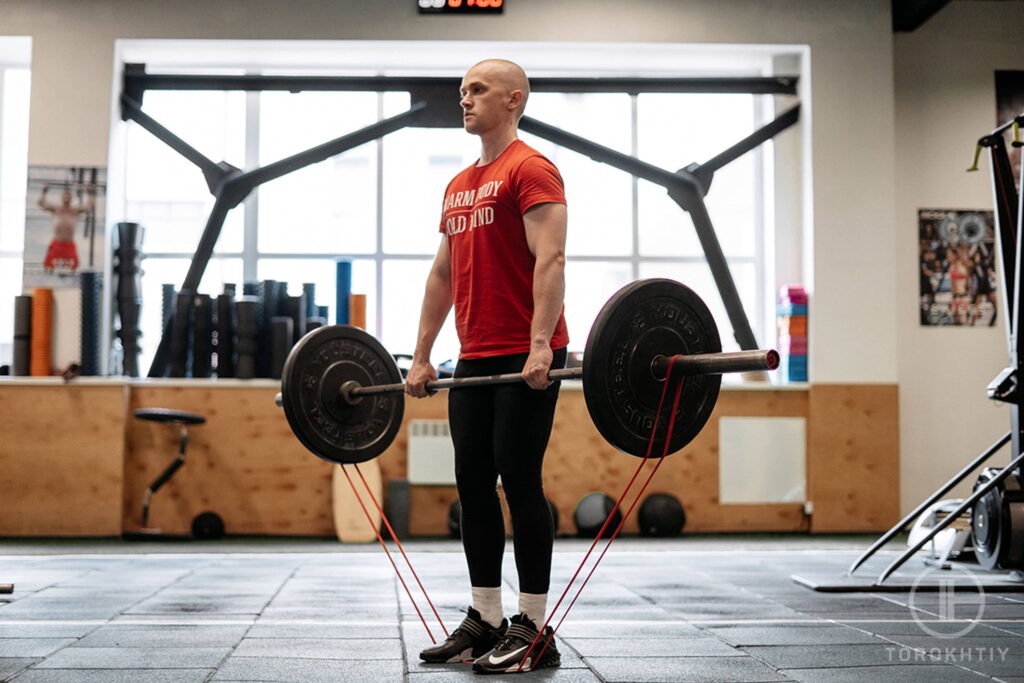
Promotes Proper Body Mechanics
When deadlifting, using a band can act as an external cue to help you maintain the proper bar path and placement. Attaching a band to the barbell can force you to use a better technique if you notice that you are straying from the ideal bar path or position.
When the pulls of the band are exerted on the barbell, the lift will become significantly more difficult. For deadlifts, the ideal bar path should run vertically from the floor to the hips. Any movement in front of or behind this vertical bar path may alter the bar’s direction of travel. The weight will throw you off balance and make the lift more difficult if the barbell slips forward.
For instance, without bands, you might be able to avoid having the bar fall off your thighs, but with bands, the lift will inevitably become more difficult, and you might even fail the lift as a result.
The banded deadlift gradually makes you more disciplined in your technique. The idea is that once you use the band to become more rigorous, you’ll succeed more easily without it.
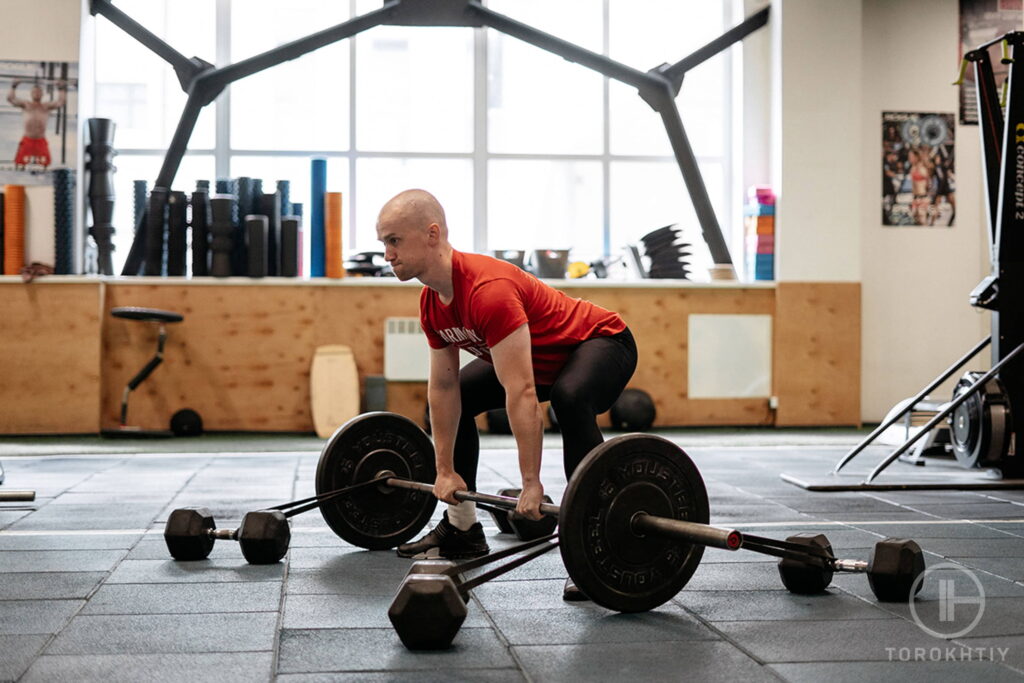
Keeps Your Lats Engaged Throughout the Movement
The barbell will inevitably want to drag you downward and forward throughout the deadlift. This effect will only be amplified by adding a band on the barbell, especially as you lock the weight out.
The barbell needs to be under your control so that it rises straight up and stays as close as possible to your shins and thighs. That is precisely what the lats’ main purpose is. You can control the barbell from falling off of you by tightening your lats. Your upper back will round up if your lats aren’t engaged, and the barbell will essentially pull you downward and forward.
The banded deadlift will serve as a good reminder to cue your lats “on” before you bring the bar off the ground.
Possible Drawbacks
The main drawback of bands for deadlifts is that they don’t allow you to exercise your muscles equally through their entire range of motion. This is due to the band’s nature of providing significantly lower resistance at the start of the motion compared to the end. Also, some bands may snap mid-lift and may pose some risk of getting you out of balance.
How to Setup Banded Deadlift Platform
One band should be fastened to either side of the barbell and should be secured between a plate and a weight clip to prevent it from slipping. The other end of each band should be fastened to a sturdy, stationary object, such as the squat rack or bench press.
Remember to cut back on the barbell weight you usually lift. You shouldn’t start with your regular load because the band will add significant resistance to your lift. If this is your first time, I advise using the lightest band you can find and an empty bar to help you become accustomed to the variations in resistance. Then, add weights as needed.
Which Bands to Use
I personally find myself reaching out for the FitLift Resistance Pull-Up Bands for banded deadlifts. It’s the sturdiest I’ve tried so far and it has never once broke or snapped on me mid-lift, which is incredibly important for safety. Overall, I’m happy with how these bands help me in elevating my deadlift training.

FAQs
Can You Use Resistance Bands With a Barbell?
Yes, adding resistance bands with a barbell can help you build more muscular strength and control by providing added resistance.
How Much Weight Do Bands Add to Deadlifts?
Generally speaking, while bands from different brands may vary, medium resistance bands can add around 30 to 50 pounds while heavy resistance bands can add about 50 to 80 pounds of resistance.
Is Banded RDL Effective?
The hip-banded barbell RDL is an effective variation that is excellent for working the glutes and hamstrings. With the help of the band and a slightly forward lean, you can now exercise the glutes in their shortened state as well.
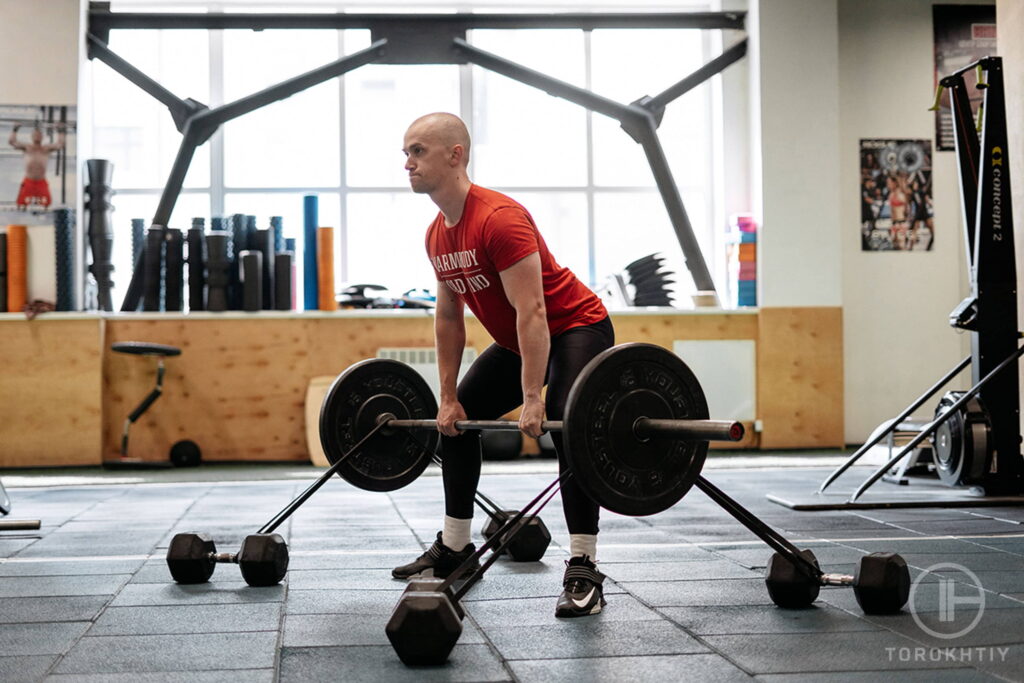
Conclusion
If you use the knee sleeve correctly, the pros far outweigh the cons. The knee sleeves will keep your joints protected, provide pain relief, and even aid with the technical part of the lift, which are all necessary for long term lifting goals.
Also read:
- Best Pull Up Assist Bands
- Squats With Resistance Bands
- Resistance Band Exercises for Back
- Are Resistance Bands Effective for Building Muscle
- What Weight Resistance Band Should I Use
References:
- Electromyographic comparison of the barbell deadlift using constant versus variable resistance in healthy, trained men // PLOS:
https://journals.plos.org/plosone/article?id=10.1371/journal.pone.0211021
Why Trust Us?
With over 20 years in Olympic Weightlifting, our team does its best to provide the audience with ultimate support and meet the needs and requirements of advanced athletes and professional lifters, as well as people who strive to open new opportunities and develop their physical capabilities with us.
By trusting the recommendations of our certified experts in coaching, nutrition, dietology, and sports training programming, as well as scientific consultants, and physiotherapists, we provide you with thorough, well-considered, and scientifically proven content. All the information given in the articles concerning workout programming, separate exercises, and athletic performance, in general, is based on verified data. We ensure that you can rely on our professionals’ pieces of advice and recommendations that can be treated as personalized ones which will benefit you and fully meet your needs.
The product testing process is described in more detail here
Author: Oleksiy Torokhtiy
Olympic Weightlifting Champion
Best Results: Snatch – 200 kg,
C&J – 240 kg
Oleksiy Torokhtiy is a professional athlete boasting 20 years of experience in Olympic weightlifting. With multiple European and World titles under his belt, he has showcased his prowess in two Olympic Games (Beijing 2008 and London 2012). Upon concluding his illustrious career, Oleksiy dedicated himself to coaching. By 2022, he had conducted over 200 weightlifting seminars worldwide. He is the visionary behind an international sportswear and accessories brand known for its motto, “Warm Body Cold Mind.” Additionally, he is an esteemed author and the creator of a series of training programs and eBooks.






